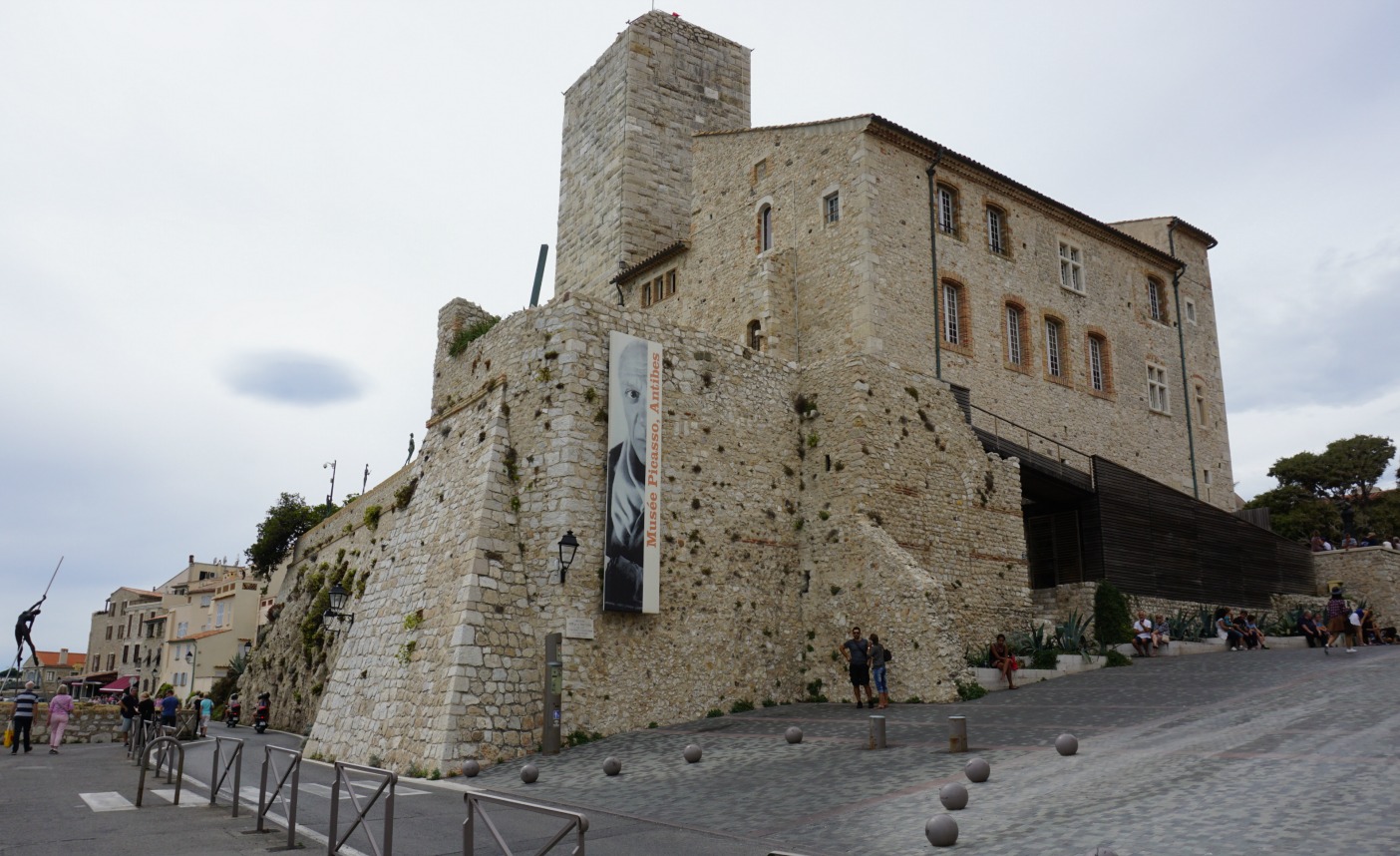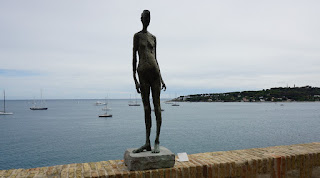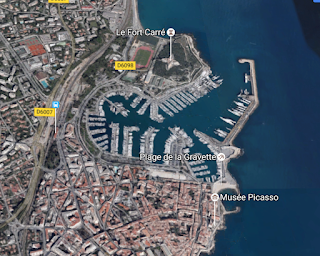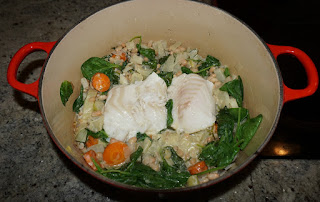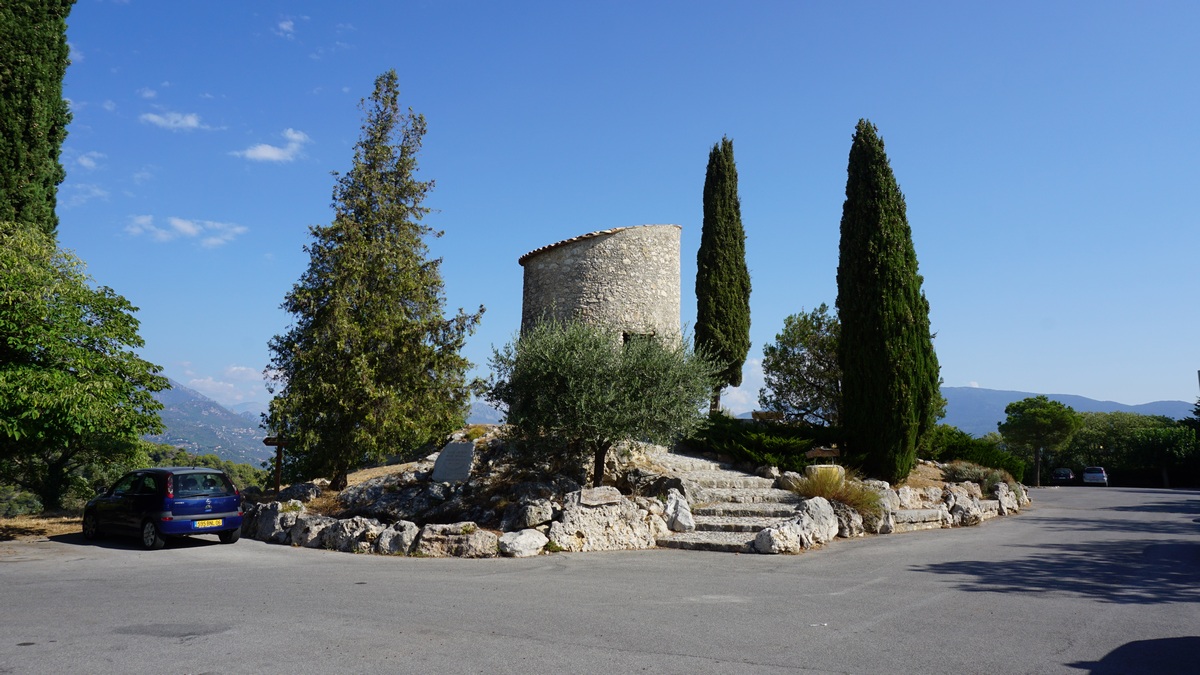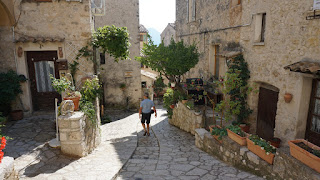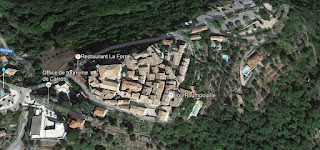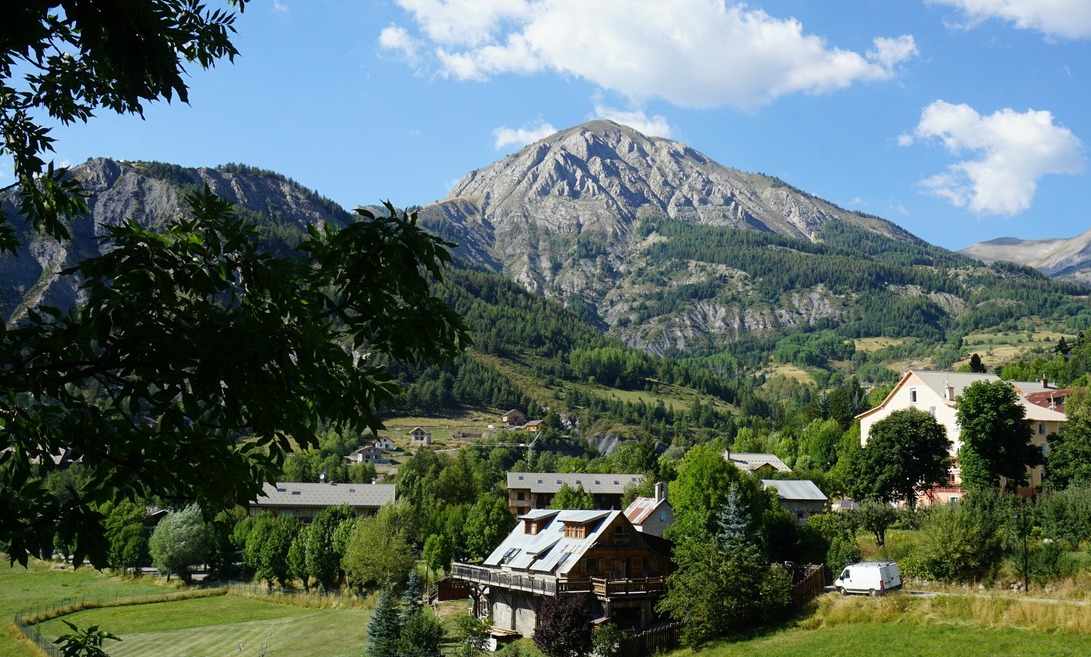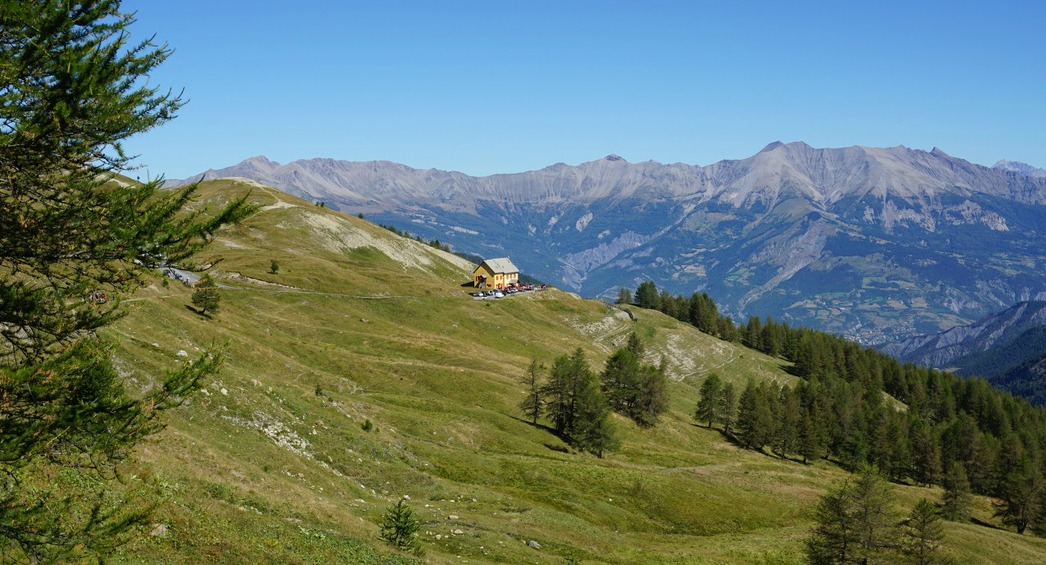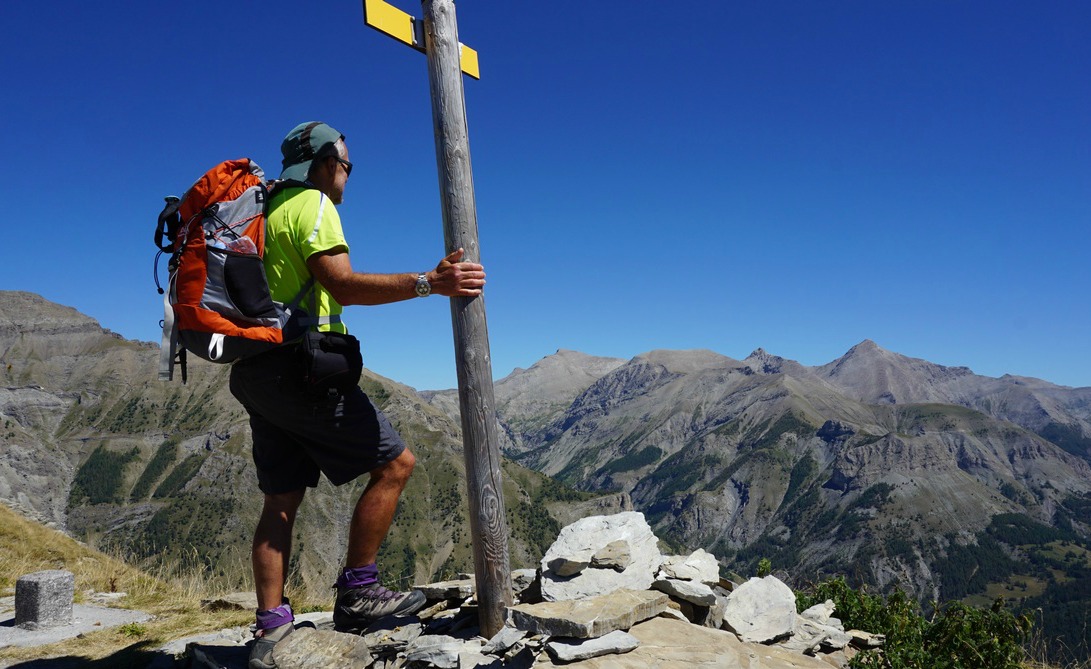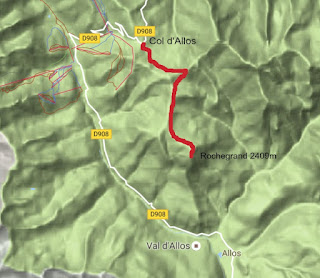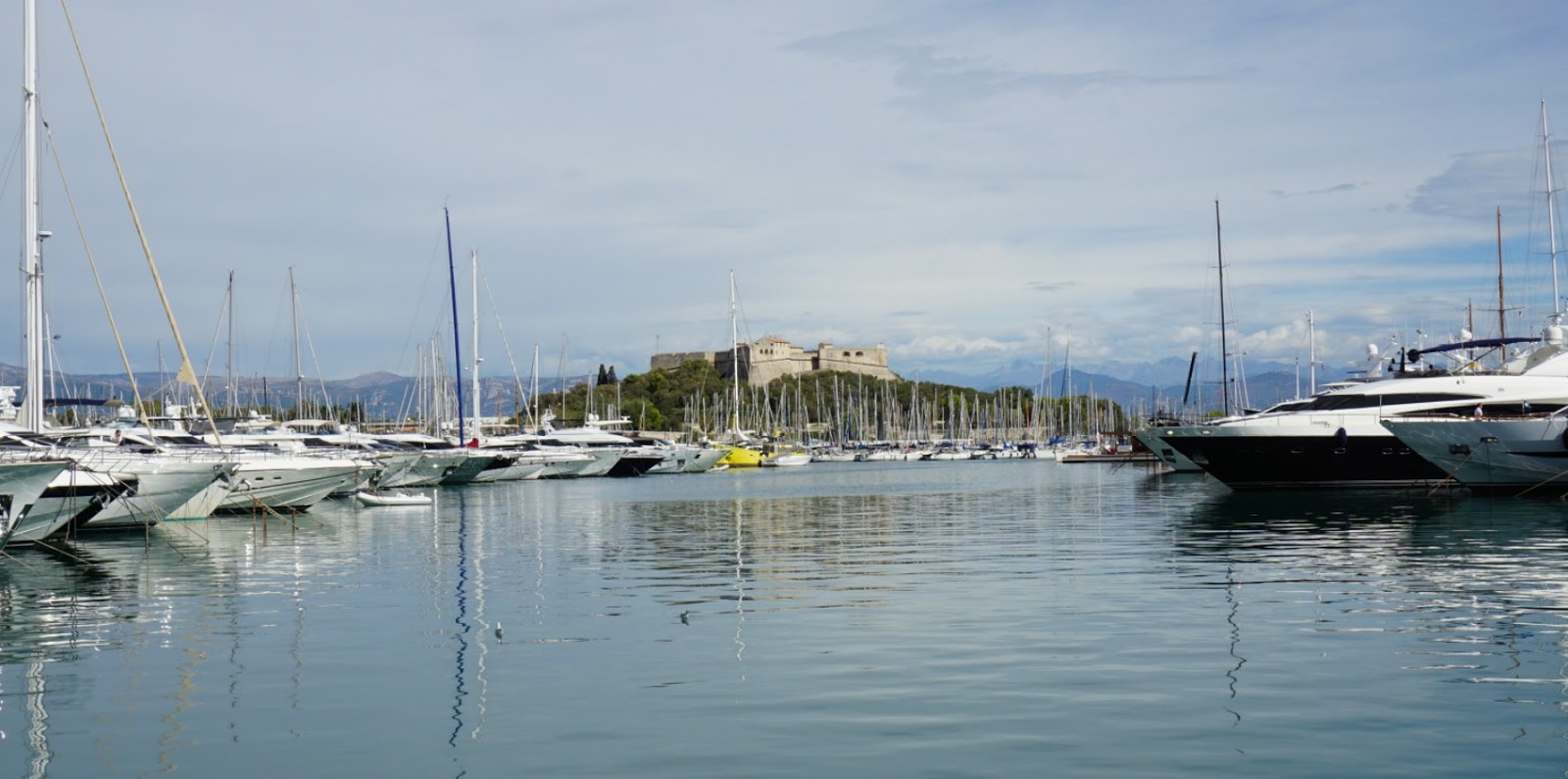
European Heritage Days, Journées Européennes du Patrimoine, offer guided tours to historical buildings, visits to buildings that are not normally accessible to the public, and free entry to museums. The event began in France in 1984 sponsored by the ministry of culture and has become hugely popular.
This year we opted to visit Fort Carré and Musée Picasso in Antibes.
We parked at the Fort Carré parking by the D6098 road which is both convenient and free. There’s a free shuttle bus to the city centre but walking to the old town takes just about 20 min.
We first had a very pleasant guided tour of Fort Carré. It was a beautiful September morning, and we could really appreciate the great panorama from the roof of the fortress.
The French King Henri II ordered its construction in the 16th century. At that time, the border with the Duchy of Savoy was very near. Nice belonged to Savoy and Antibes to France. It was also important to protect Antibes and its harbour against pirates. At that time, some 50 soldiers were on guard at the fortress with their own kitchen and chapel. In the 1680s’ the fortress was strengthened by Vauban. After 1860, Fort Carré had no military purpose. Finally, in 1997 it was bought by the city of Antibes and opened to the public.
We then walked to the Vieille Antibes, the old town, passing Port Vauban now the largest marina in the Mediterranean Sea. The yachts in the harbour seem to get bigger every year.
We had lunch in the old town, in the pleasant patio of Le Jardin restaurant as Musée Picasso was closed during the lunch hour. Before it even reopened, a huge crowd had already gathered outside. So we decided to take a short walk in the old town, and popped in the English bookshop. After half an hour or so the queue to the museum had disappeared.
In 1946, Picasso lived with Françoise Gilot in an apartment in Juan-les-Pins and had very little space to work there. Musée Picasso was at that time known as Musée Grimaldi, and was owned by the city of Antibes. Picasso met the director of the museum who suggested that he could use the chateau as a studio. This resulted in several very prolific months before Picasso moved to Vallauris leaving all his Antibes output in the chateau. The bulk of the Picasso collection belongs to this period. Also other modern works of Nicolas de Staël, Germaine Richier and others are shown.
Image of Old Antibes courtesy of Google Maps
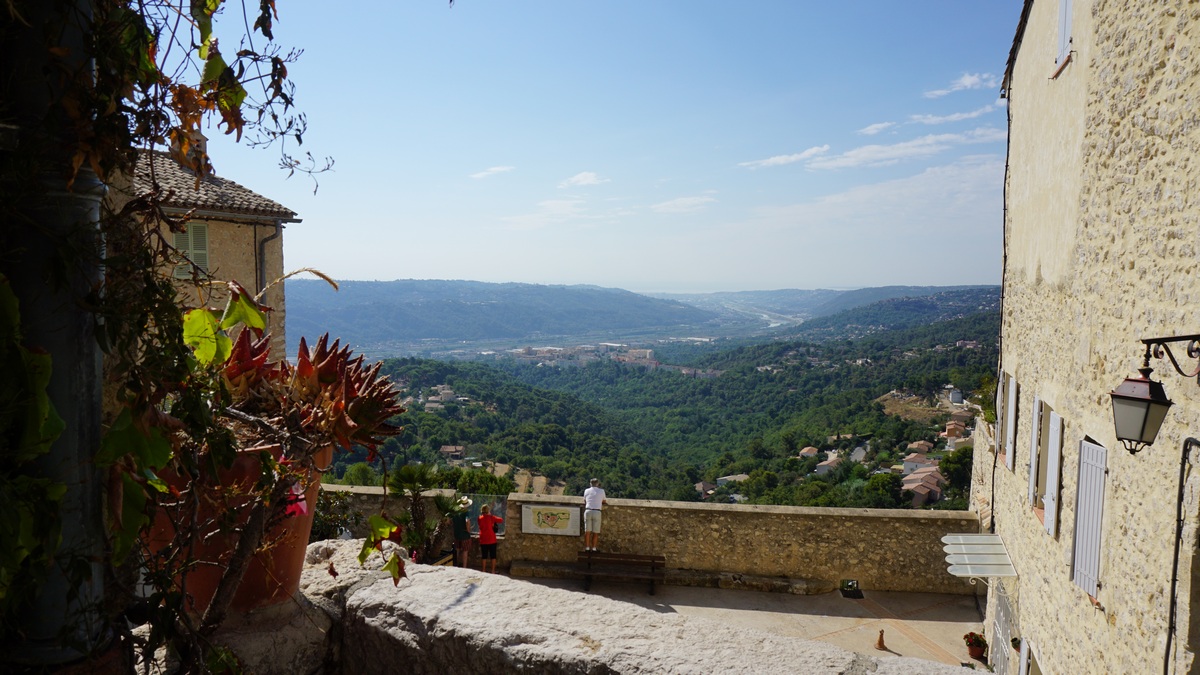
The commune of Carros is situated 17 km northwest of Nice. New Carros is nowadays a busy industrial town with its business park extending several km towards Le Broc along the River Var.
Carros Village, Old Carros (387m alt.) on the other hand is totally different. We visited it on a beautiful and warm September morning. It was pleasant to stroll along its tranquil medieval alleys. From various spots, we had great views over the high mountaintops in the north and the Var Valley and the coast in the south.
Carros chateau is beautifully restored some years ago. Contemporary art exhibitions are arranged in the chateau, and entrance is free. For example, last year we went to see their exhibition named variations LeCorbusier. Alas, on the day of this visit, the chateau and exhibition were closed because of change of exhibitions. It is therefore best to consult their web site https://www.ciac-carros.fr/ (in French) to see what’s going on before making a trip there, something we failed to do today.
Several hiking trails start or pass through the village. These would be nice to explore later, as on a crisp and sunny Riviera winter day.
Carros village has few restaurants. There’s an old auberge transformed into a restaurant, and a good pizzeria with a sunny terrace offering views down to the Var Valley, and a crêperie on a shaded alley.
A visit to the perched village of Carros makes a nice change from the more famous and crowded attractions on the French Riviera.
Image of Carros Village courtesy of
Google Maps















